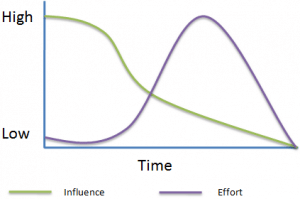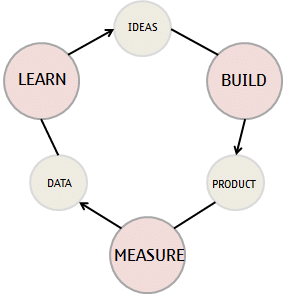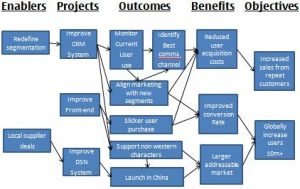Lean Manufacturing is a production practice that considers the use of resources for any purpose other than creating customer value to be wasteful. It was most famously used at Toyota. Often you will see it referenced by the term Kaizen, or simply by the term Lean. As well as manufacturing, Lean can be applied to product development. Lean development can be summarised in 7 principles:
- Eliminate waste
- Amplify learning
- Decide as late as possible
- Deliver as fast as possible
- Empower the team
- Build integrity in
- See the whole
The combination of these 7 principles can dramatically improve the value you generate for your customers, but today I wanted to focus on some easily implemented tips to eliminate waste within the programs you manage. By eliminating waste from your program you save time, which can be better used for creating customer value.
Tip 1: Program Meetings
Program management team meetings are an institution at many organisations, where each stream lead produces a written report before the meeting which is reviewed during the meeting. They can often take several hours to get through each week.
But what is the value of this bureaucracy? Why not try saving yourself and your team time by limiting the meeting to 1 hour and keeping the update from each stream manager to the following points:
- What happened last week?
- What’s happening next week?
- Any blocking issues?
If you limit the update from each team member to a maximum of 5 minutes you should easily be able to get through the updates, even from a large program management team, within 1 hour. Make sure you keep the meeting on track by not letting discussions develop, making sure they are taken off line and tracked for an update in next week’s meeting.
Tip 2: Risk Management
I’ve seen organizations where entire days are given over to risk management workshops. Whilst this might be fine to collect the initial list of program risks, after this, why not dispense with the formal risk management workshops and simply identify new risks in the other meetings you or your team attend?
To determine how to mitigate risks you could arrange a one to one meeting with the streams concerned. If you do identify a mitigation then it’s always a good idea to briefly walk the entire team through this at the end of the weekly program management team meeting. It’s also a good idea to create an Intranet page that enables everyone in your program organization to submit risks or concerns, and for you to encourage people to use this in any info shares participate in or group reports you distribute.
By moving away from formal workshops to the process described, I believe you will save time and will not reduce the quality of your risk management within the program.
Tip 3: Don’t Create Detailed Program Plans
Creating detailed program plans takes a long time, and keeping them up to date is an almost impossible task. They might make your steering group think you’re an excellent program manager because you always have an excellent plan showing where the program is, but do they actually make the program run more quickly, or add any value to your customers?
Why not stop creating these detailed plans (let your project managers worry about creating the detailed plan), and instead create simple visuals showing the overall timeline and milestones. By doing this you can dedicate more time to managing the dependencies between the project streams which will make the program steer a straighter course, and thus add value to your customers.
Tip 4: Presentations
Try limiting your presentations to five minutes and keep them focused on the important facts. If there is non program critical information you want to include, such as program organization charts or meeting practices, then put them in the appendix, or better yet make them available on a Wiki where people can get access to them if needed.
By doing this you will save both your time and your audiences. By focusing on the key facts you will better appraise your audience of the key program information. You can use the extra time you’ve created at the end of the presentation to answer any questions your audience may have.
How to use you new found time
By implementing the tips given above you will save yourself time. What should you use this new found time for? Use it to add value to your customers. Here are some suggestions:
- Deepen your knowledge about customer needs
- Deepen your knowledge about the market
- Deepen your knowledge about suppliers
- Deepen your knowledge about your product and its technology
This new found knowledge will enable you to make better program management decisions to the benefit of your customers and your company, which can only be a good thing.
If you have your own tips for reducing program waste, then please write to me and let me know.
* Image by Pink Sherbet Photography







